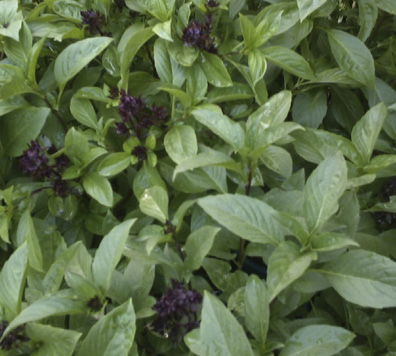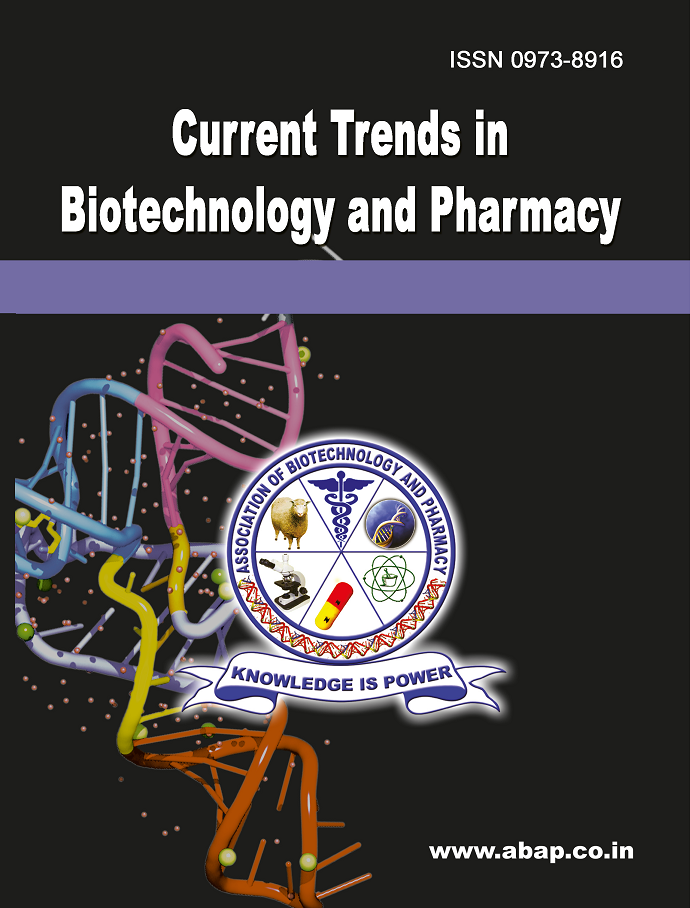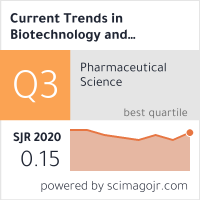Phytochemical, GC-MS Analysis and Acute Toxicity Evaluation of Algerian Ocimum basilicum L in Rats
DOI:
https://doi.org/10.5530/ctbp.2025.1.3Keywords:
GC-MS, Ocimum basilicum L, Phytochemical screening, Phenolic compoundsAbstract
Sweet Basil (Ocimum basilicum L.) is regarded as a significant plant. They include a wide variety of bioactive substances, particularly phenolic substances which contribute to the plant’s alleged health advantages. The objective of this study was to identify and characterize the phytochemical profile of sweet basil using GC-MS analysis. By using standard protocols, Bioactive molecules were extracted and qualitative tests of phytochemicals were also released as well as quantitative analyses of total phenols, total flavonoids, and total hydrolysable tannins. Using GC-MS, volatile compounds can be identified. About 147 volatile compounds in this plant were identified by the GC-MS analysis. The chemical constituents higher than 0.5 % found in aqueous extract were propanoic acid, 2-hydroxy-, ethyl ester (3.503%), butanoic acid, 4-hydroxy- (1.657%), cyclopentasiloxane, decamethyl- (1.346%), cyclotetrasiloxane, octamethyl- (0.983%), heptadecane, 2,6,10,15-tetramethyl- (0.785%), bis(tert-butyldimethylsilyl) 2,3-bis((tert-butyldimethylsilyl)oxy) fumarate (0.703%), cyclononasiloxane, octadecamethyl- (0.672%), phthalic acid, 8-bromoctyl isobutyl ester (0.655%), 3-isopropoxy-1,1,1,7,7,7-hexamethyl- 3,5,5-tris(trimethylsiloxy)tetrasiloxane (0.535%), and cyclononasiloxane, octadecamethyl- (0.506%). Moreover, the TPC, TFC, and THTC of sweet basil was systematically assessed. The results demonstrate the value of sweet basil (Ocimum basilicum L.) which may be used in the food and health industries as promising sources of phenolic and volatile chemicals.



